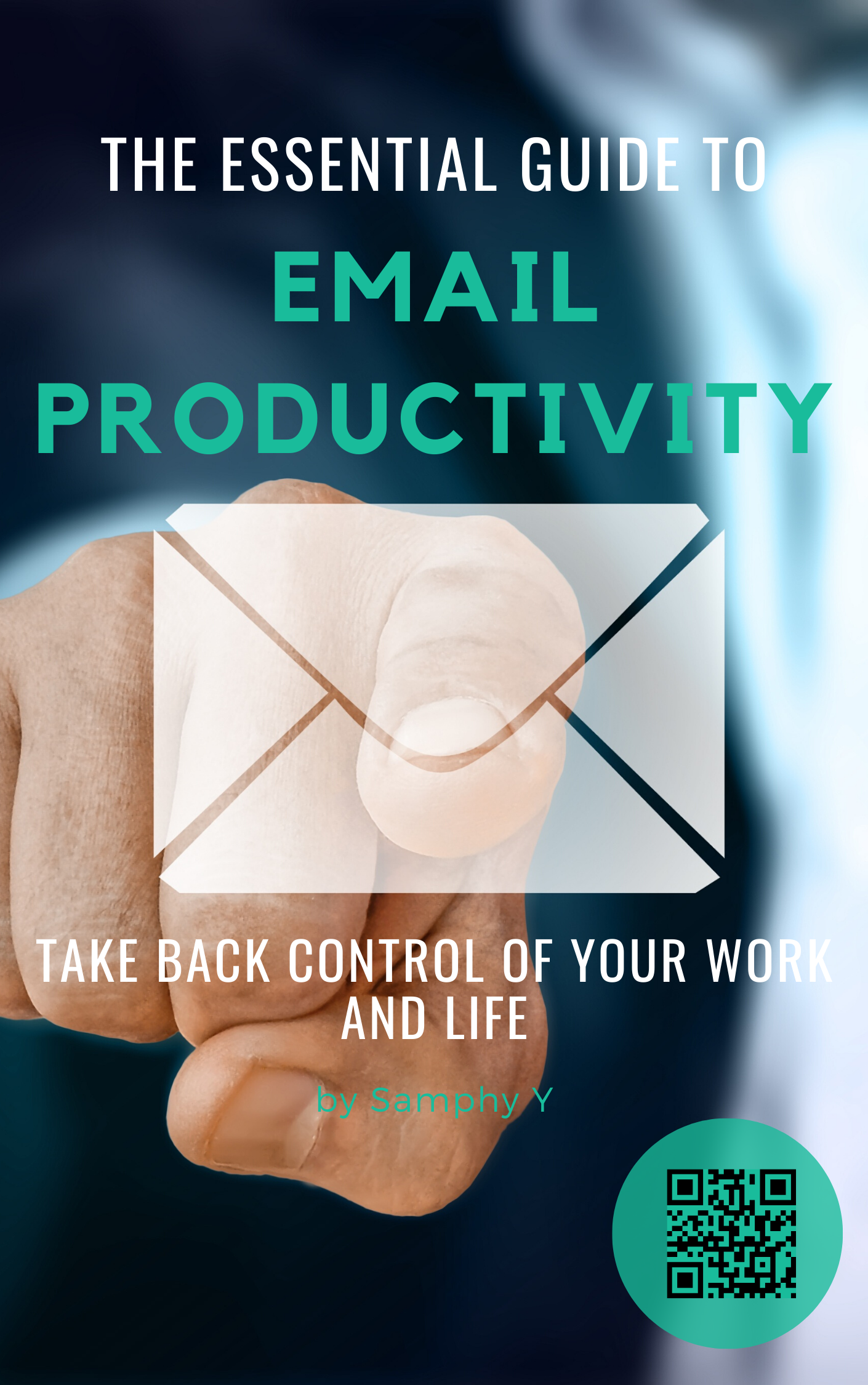Every business should strive to deliver exceptional customer service. When done right, this can lead to satisfied customers eager to return and continue doing business with you.
That said, upholding a high standard of customer service is much easier said than done. You don’t only want the customer’s inquiry to be resolved, you also want to take this opportunity to leave a personal, lasting imprint on them.
In short, you want to set the foundation for them to stay loyal even after the exchange. In order to do that, you have to optimise your customer service strategy to get your business to stand out from the rest of the competition.
So, how do you get your customer service experience geared and positioned for excellence? Without further ado, let’s explore these ways to elevate your customer service strategy.
Let’s jump straight into it.

1. Empower Your Customer Support Team
Your customer support team serves a very important role of being your business’s front line. You want them to be adequately trained and in the right mind frame when dealing with customers, as they have the power to make or break the ongoing business relationship.
Firstly, you have to hire the right people for the job. Get people who are coachable, go-getting, empathetic, and witty. The more people-oriented they are, the better.
Once you’ve rounded up your team, provide and orient them with the right tools to succeed. Teach them about your company’s products, mission, and values. Get them to memorise it by heart. Instruct them on how to use your company’s tools efficiently and effectively.
As soon as your support is well-engaged, give them the opportunity to handle tickets. Provide feedback and repeat the cycle. Once they get the hang of things, then you can let them do their job their way and let their metrics do the talking.
Ideally, you should also give occasional training and updates to improve their skills. This can make them feel more engaged and stimulated, leading to a better commitment to your business and a better chance for brand success overall.

2. Build Omnichannel Touchpoints
No matter the size of your business, it’s essential to have a strong digital presence to maximise both your marketing and customer service opportunities.
When you have multiple channels, you’re making it easier for customers to reach you and access your support team.
This increases your customer satisfaction first and foremost, but it does a lot more too, like setting a platform to market your products and collecting insightful data on your customers.
There are multiple channels you should set up as early as launch. The most important page to build is a company website—which is a great way to liberally create your business’s digital website in its own distinct way.
Another important channel to create is a social media channel—or several. It’s a good idea to have a Facebook, Instagram, and TikTok presence to increase your net and capture more customers.
Last but not least are your traditional mediums, such as business emails and inbound telephone lines like a 1300 number from Telcoworks.
These give your customers direct access to a customer service representative, which can help them become one step closer to resolving their problems.
Furthermore, the commercial variants of these communication mediums are scalable and can be accessed by multiple staff members, making them vastly superior to their non-commercial counterparts.
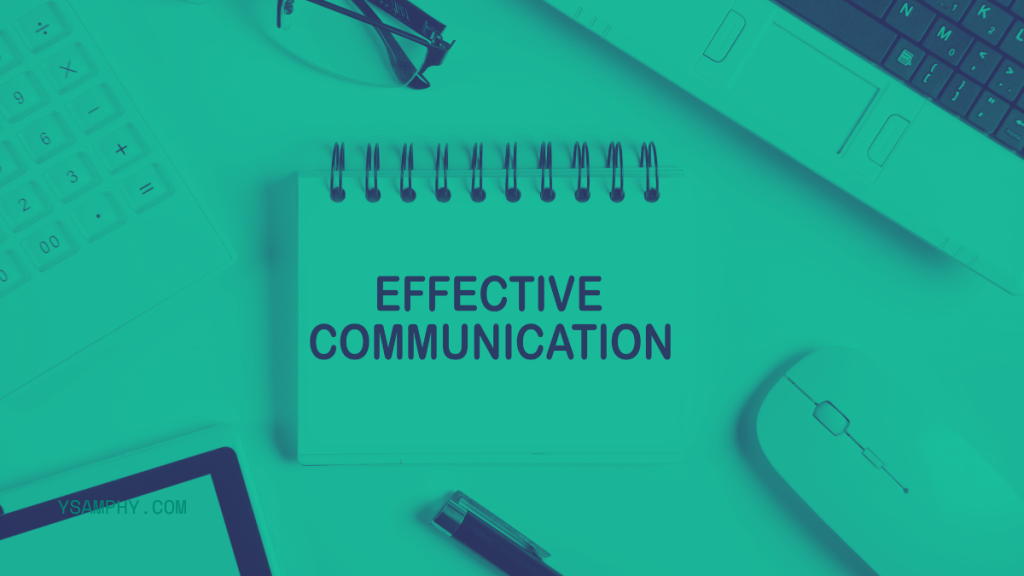
3. Prioritise Fast and Efficient Communication
A vast majority of the time, customers just want to get their queries answered and their issues solved. They don’t want to linger around and wait endlessly for a non-guaranteed chance of a resolution.
It’s important that your customer service team recognises this and implements it into their practice. This can be done by ensuring that your support agent’s first-call resolution rate meets company or industry standards, which are typically above 70%.
Once this standard is met, this can help not only your customer get their problem solved quickly, but also free up your support team’s time by reducing the incoming load of tickets.
Furthermore, leaving callers hanging with a busy line or a non-answer can also be a frustrating experience. One way to minimise this is by setting up an inbound number that reroutes to multiple agents. This helps reduce customer frustration by automatically connecting to any open line, swiftly bringing customers and inquirers to your business.
By using tools and techniques to improve your communication standards, you can improve your satisfaction rates and more confidently build customer loyalty.

4. Set and Reach Target Metrics
First-call resolution rate isn’t the only metric your team should optimise. There’s a plethora of key metrics that should be closely monitored to optimise your team’s customer service efforts.
Some customer service key performance metrics include the following:
- Average response time: Measures how quickly an agent responds to a customer call.
- Average handle time: The average time spent on resolving a customer’s issues.
- Ticket volume: Monitors the incoming number of customer inquiries
- Resolution rate: Tracks the percentage of resolved customer issues.
- Time to resolution: Tracks the total time to resolve a customer’s issues.
- Customer lifetime value: Estimates a customer’s total revenue over the entire business relationship.
- Churn rate: Looks into the rate at which customers drop the business relationship
Looking into these metrics helps you develop deeper insights into the quality of your offering and customer service performance. They also give your agents a tangible goal to strive for in the workplace, which can help them become more productive overall.
This, in turn, can help enhance business growth and foster customer loyalty.
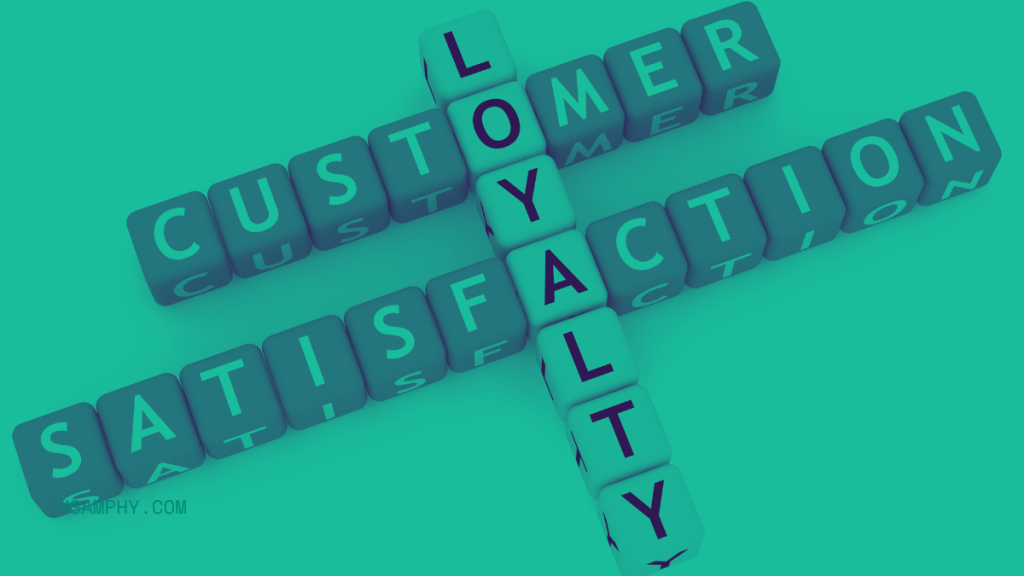
5. Incentivise Customer Loyalty
Everyone loves rewards, and so do paying customers. As such, consider handing out rewards to loyal customers to encourage them to continue doing business with you.
This can be by offering rewards programs, handing out exclusive discounts, or giving special offers only they can access. These rewards can cut the cost of certain services or provide extra treats to your customers for their continued patronage—you call the shots! These incentives help make your customers feel valued, especially if the rewards are appealing on their own.
Furthermore, when done right, you can even increase the likelihood of driving new business opportunities for your business with the right loyalty program scheme. This can help your business sustain itself for the long term thanks to the presence of a committed and loyal fan base.
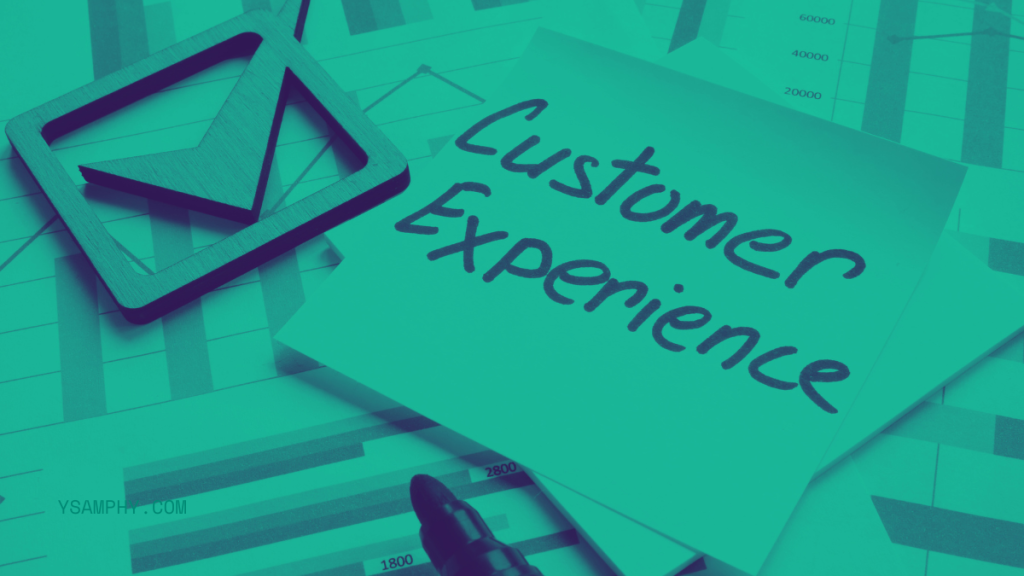
6. Personalise The Customer Experience
A quick trick to make your customer feel special and valued is by personalising the conversation based on their individual profile and needs. When they feel valued, they’ll come out of that interaction feeling a closer and more positive connection to your brand, which can incentivise them to continue patronising it.
In essence, personalisation is all about adapting to the customer while still responding to their needs.
For example, promotional emails are easy targets to personalise as there are many tools that can look into customer behaviour, which can then be individually integrated into the content. Pushing out special vouchers and discounts through email for consumers who have left a product in their cart is also an example of personalisation and good customer service.
Besides that, when dealing with customers in real time, your customer service team can also look into the customer’s demographic, like their geographical location, past queries, and their buyer persona to elevate the experience. This information can be used to provide a more tailor-fit approach to addressing your customer’s needs with better precision.
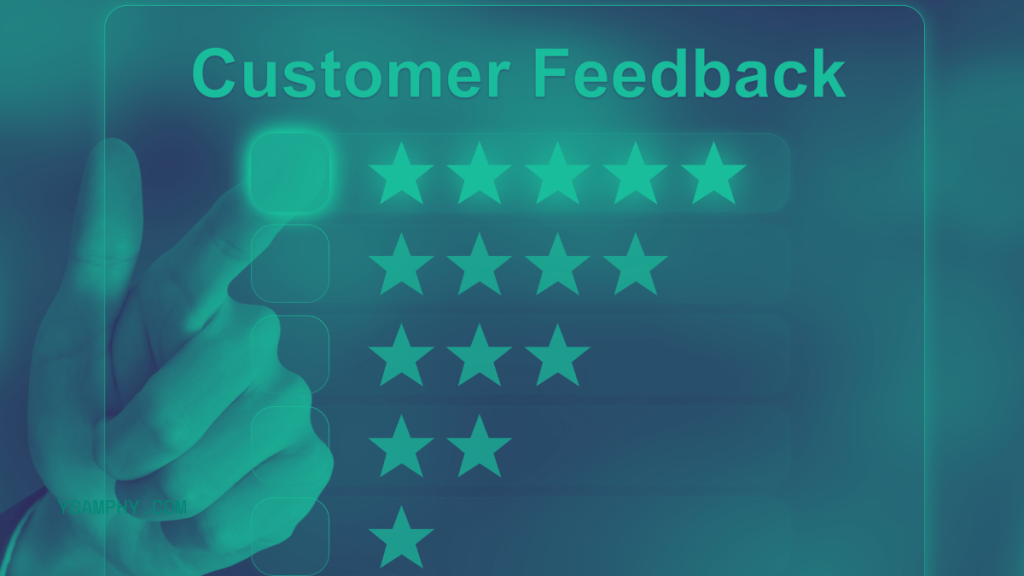
7. Capture and Analyse Customer Feedback
Customer feedback is a crucial data point that helps you get into the customer’s shoes and understand their position more clearly. By reading feedback, you can understand how these people perceive your brand, both the good and the bad sides of it. This can give you the ammo to create even better experiences to satisfy your customers.
Feedback can be collected in various ways. For one, you can ask your customer at the end of every phone call about the quality of the experience and other relevant comments. If the exchange is written, you can have them fill out a short questionnaire with an open-text feedback box to truly get into their minds about your brand and service.
You can even consider a more targeted approach, like requesting interviews.
When enough of these data points have been collected and sifted through, you can identify recurring trends and patterns and make business adjustments to improve your operations and satisfy your customers.
You don’t have to acquire direct feedback either. You and your customer service team can gather feedback by looking at third-party review websites and finding commonalities through there. You can also look at their comments on your social media page and other hubs where your customers may congregate and extract data from there.
Running a business entails continuous improvement. Feedback gives you proper direction on how to improve your offering, making it more appealing to customers and leading to an increased likelihood of repeat business.

